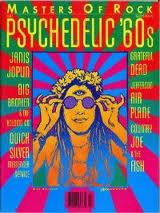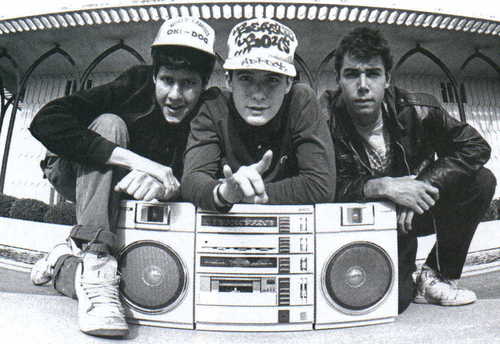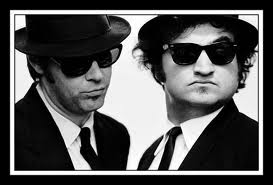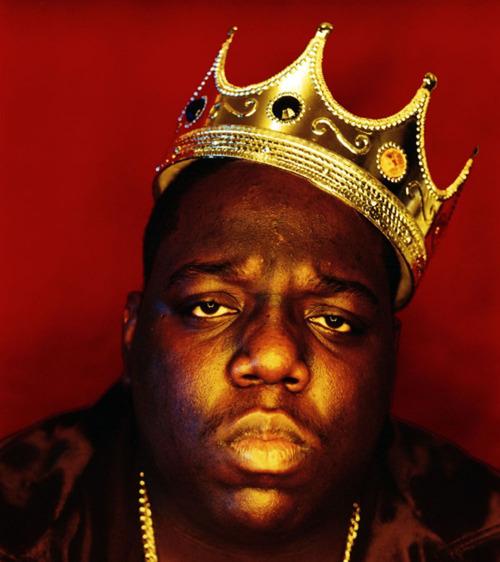
A movement spurred by artists such as The Beatles, The Byrds, and The Yardbirds, psychedelic rock is defined as a musical genre that attempts to revive the effects of mind-altering hallucinogenic drugs. To the musicians and their audiences, however, psychedelic rock was an artistic movement meant to break the barriers of conventional music, and step out of the bounds of what was previously considered to be musical reality. And break them they did; psychedelic rock has influenced the creation of genres such as psychedelic pop, psychedelic soul, and even heavy metal.
The origins, or the inspiration for psychedelic rock, began in the 1950s with members of the Beat Generation, also known as the Beatniks, who wrote about, advocated, and popularized the use of drugs such as LSD and Benzedrine. The Beatniks were a group of post-World-War-II artists, specifically musicians and writers, who condemned what they saw as evil or wrong in society, and sought to break away from social norms through drugs, condemnation of materialism, and more liberal forms of sexuality. Many of the ideas that had been embraced by the Beatniks were also embraced in psychedelic rock.
Characterized by electric guitar (with feedback, wah-wah, and fuzz-boxes), elaborate studio effects (such as backward tapes, panning, phasing, etc.), and influences from eastern music reflected in exotic instrumentation. Panning is the spread of a sound signal over a new stereo or multi-channel sound field; phasing is when the same part of a song is played by two instruments in steady but not identical tempo. Psychedelic rock introduced a new and exciting frontier to the music world by using newly invented and somewhat primitive electronic instruments such as the synthesizer and the theremin, which was an early electronic instrument controlled without any perceivable physical contact by the player. Musicians began to experiment with the unlikely combination of instruments, and sought to bring a new sound to life.
Aided by heavy hallucinogenic drug use (usually) and new musical inventions, artists such as Pink Floyd and Jimi Hendrix translated out-of-body, mind-altering experiences and feelings into music that changed the classically known genre of rock-and-roll, which infuriated those who saw it as destroying the genre. Many artists who stuck to the roots of rock and maintained a conventional sound believed that psychedelic rock held no merit, and that it would die out; audiences wanted to listen to “I Wanna Hold Your Hand” , instead of “Lucy in the Sky with Diamonds.”
Psychedelic rock reached its peak during the late sixties (1967-1969) with The Beatles’s “White Album”, the “Summer of Love”, and the Woodstock rock festival; however, with the death of Jimi Hendrix in September of 1970, Syd Barrett’s messy departure from Pink Floyd in 1968, and other important events, psychedelic rock began a swift decline as times changed and new ideas and musical movements emerged.
Despite suffering a decline, psychedelic rock remains a popular and important asset to the music world as the integrity and dignity of good music continues to be tarnished by the likes of Rebecca Black and Ke$ha. One can only hope that contemporary artists look to the past for inspiration and bring back music as it once was.







